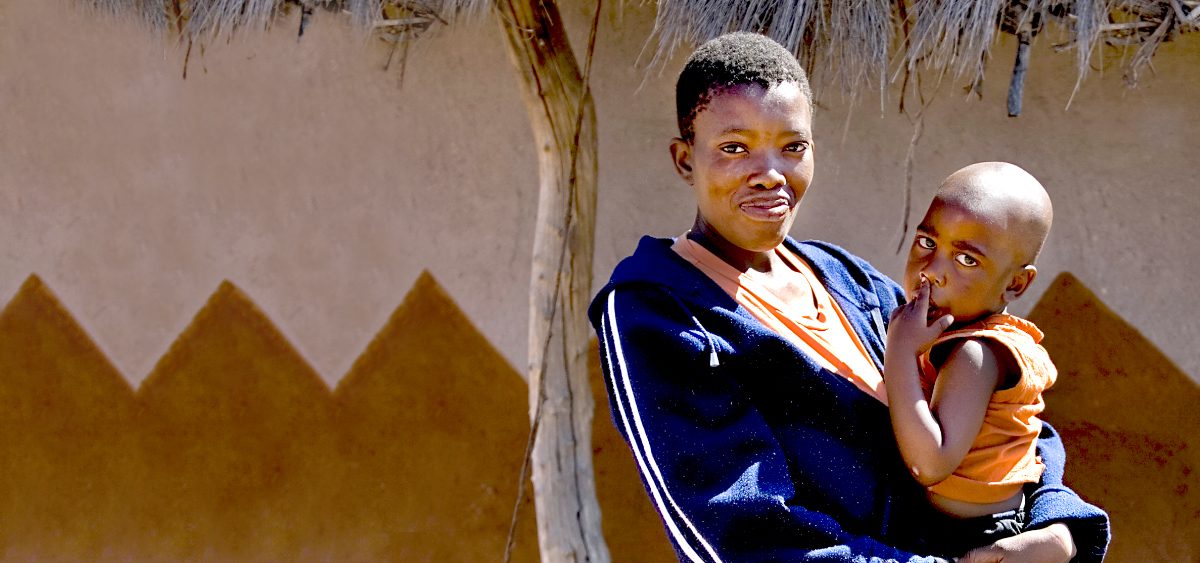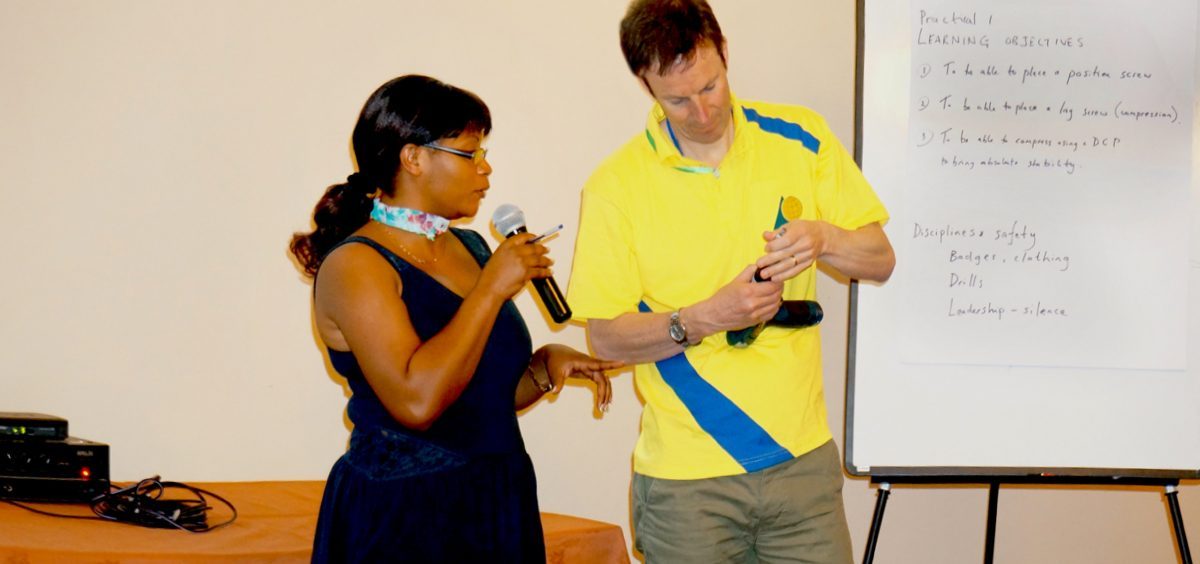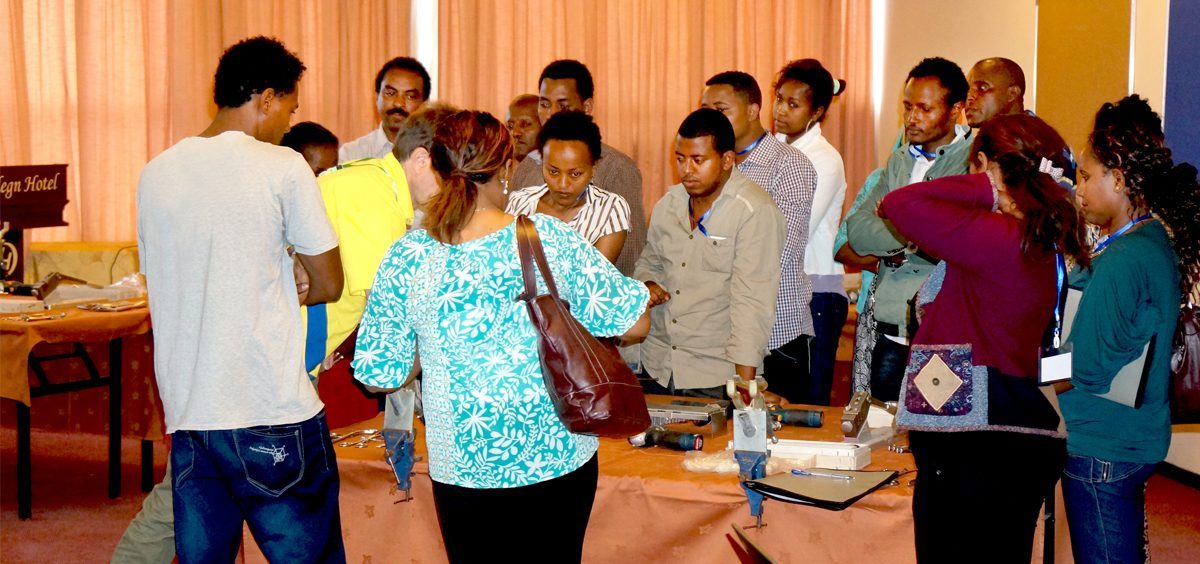An AO Alliance Foundation initiative
Trauma has become a silent epidemic in Africa. In Nigeria alone, trauma is claiming 140 lives each day. It is predicted that in the next 2 years, road accidents will become the biggest killer of African children and teenagers and by 2030, the third leading cause of death in developing countries, ahead of malaria and HIV.
The blooming economy in Africa means, for many, the graduation from transporting on foot or bicycles to motorcycles and cars, as well as opportunities to work in heavy industries. All these, however, come with profound social and economic costs ”“ injuries run rampant due to poor infrastructure, lax safety laws and poorly maintained cars. Along with little to no prevention and lack of trauma protocols, many of the 20 to 50 million injury survivors each year are left with a lifelong disability, most often related to the musculoskeletal system.
Despite these figures, this most basic killer ”“ injury ”“ still remains neglected.
Putting a stop to avoidable mortality
Millions of deaths from trauma could be prevented if proper trauma care becomes more widely available. Interventions at multiple levels are required, such as fully equipped hospitals, prompt emergency treatment, high-quality ambulance systems and improved roads. Even small improvements help save lives.
And most importantly, we need education.
Appropriate education and professional development represent the most sustainable and cost-effective interventions. However, the current situation presents a number of challenges. For instance, medical training in economically disadvantaged regions must focus on local diseases and conditions, primarily using locally available infrastructure and resources; at present, practitioners from economically developed countries are the ones charged with transferring knowledge; healthcare workers in low-income countries are deprived of access to medical literature and authorities, and principles of fracture management are often insufficiently taught.
Empowerment through education and training
To address the various pressing needs of trauma care in the region, we at the AO Alliance Foundation developed Fracture solutions for Africa. The goal of this initiative is to reduce disabilities and mortality resulting from musculoskeletal trauma by improving clinical care provided by doctors, nurses, healthcare workers and first interveners through education and training.
We recognize the need for education that harnesses existing human and physical resources, but in a clinically more productive manner. We recognize training goals that align with local needs and opportunities. We recognize countries’ potential to create a meaningful impact on clinical fracture care by optimizing skills and resources that are hidden in plain sight.
The good news is that fracture care in Africa has entered a new era: the number of trauma and orthopedic (T&O) surgeons is rapidly increasing. However, while most T&O surgeons in English-speaking Africa (ESA) are now trained nationally or regionally, French-speaking Africa (FSA) is lagging behind, with surgeons only training internationally, if at all.
There is no reason why access to adequate fracture care education should remain difficult and rare for those who need it most. We therefore aim to provide T&O residents in African countries with access to an operative fracture management course during their residency, to enhance their understanding of fracture management principles, and develop the educational expertise to communicate and share their knowledge with others.
But there is only so much progress operative fracture care in Africa can make if we do not lay sufficient emphasis on creating a safe and sterile operative environment. Patients should not have to come seeking treatment for one problem and leave with another. AOAF’s Operative Room Personnel (ORP) courses have proven effective in creating an environment in which operative work can be free of infective complications. Our trained ORPs will support principal public operative centers in AOAF African countries by training others in sterile operative care and operative fracture management.
Making a lasting impact
Fracture solutions for Africa is a 3-year initiative that will begin in January 2016. Through it, we hope to better the lives of 460 million people in ESA and potentially 370 million in FSA, across low- and middle-income countries in sub-Saharan Africa, including Kenya, Zimbabwe, Uganda and Ivory Coast.
We envision the growth of a regional culture of fracture care that prioritizes those in clinical need, a brighter future where a broken bone will no longer be an unfairly heavy burden to carry.


